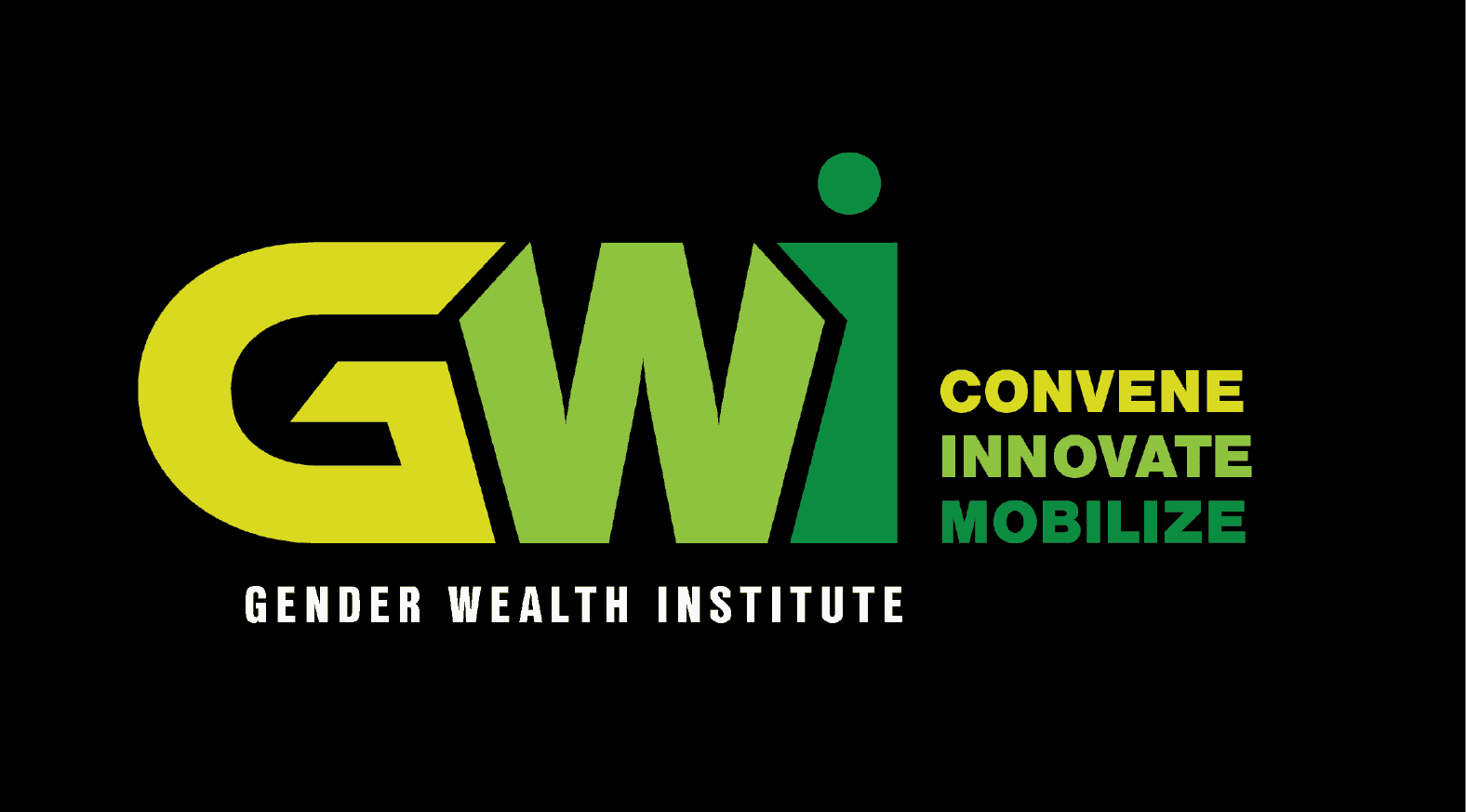The Gender Wealth Gap is Real and Not Decreasing
Wealth is a strong economic indicator that helps us understand the resources available to buffer from current financial challenges and invest in a stable, prosperous future. Wealth is a broader concept than wages, in that wealth allows you to navigate the uncertainty of economic ebbs and flows and plan for the future. Without wealth, financial shocks such as illness, unemployment, and other emergencies can destroy a woman’s economic security. The consequences of not making ends meet and living paycheck to paycheck, endanger a woman and her family’s basic human rights: decent housing, healthy food choices, and quality education.
Factors that Prevent Wealth and Savings
- Women earn less wages than men, and consistently receive less compensation across a variety of professions
- Women are more likely to be denied mortgages or be overcharged for them, complicating their access to homeownership.
- Women are more vulnerable to predatory lending.
- Women hold more debt, including 2/3rd of all student debt in the U.S.
- Women provide the majority of unpaid caregiving, reducing their availability for paid work and diminishing their contributions to society
- Women of color have the least amount of wealth because they suffer from the biases of gender and racial discrimination.
- Wage Gap: The gender wage gap is real and affects a woman’s ability to invest income into her own future and familial legacy. Wages are part of building wealth, which is the foundation of financial health. Women earn an average of 77 cents for every dollar earned by men; for the same job position, women earn an average of 80 cents for every dollar earned by men.
- Wealth Gap: Women own 32 cents for every dollar that men own.
- Race Gap: Median net worth of Latinx women was $100 in 2013 and for Black women, it was $200.
- Retirement Gap: Double whammy for women who often have jobs that do not offer retirement plans and unequal pay during their working years; 80% of women are likely to be living in poverty by age 65.[1]
[1] “How to Achieve Equality in the Face of the Women’s Wealth Gap,” The Aspen Institute, March 8, 2016.
If these current negative trends continue across economic, health, political, and education equality,
then gender parity will not be achieved until 2133.
Without gender parity, the U.S. will continue to lag in significant progress toward realizing economic gains.

The Opportunity: Women are the Backbone of our Economy
Investing in Women is Good for Our Economies, Our Families, Our Businesses, and for Our Future Development.
Significant research on the importance of economic parity for women (that is, wage and wealth opportunities equal to men’s,) has been validated by public and private organizations; from global entities like the United Nations to countries like the United States to sector leaders like McKinsey & Company. The data-driven recommendations are identical: gender wage and wealth equity positively affect any country’s overall health, education, and economic indicators.
Women are the Greatest Determinants of the Social and Educational Outcomes of Our Future Workforce.
Women today are more likely than ever to be the sole, primary, or co-breadwinners in their household. Eighty-one percent of Black mothers and two-thirds of Native American and Latinx mothers are sole or primary breadwinners. As the socioeconomic status of women as mothers and caregivers increases, so do the chances of their children attending higher education/college.
Decreasing Wage Deficits and Increasing Wealth and Asset Opportunities are Poverty Reduction and Economic Growth Strategies.
- Talent Development: With women making up almost half the labor force, their skills and talents are part of productivity decision making and economics.
- Financial Decision Makers: As women increase their household spend, they are also directly improving benefits for children, including better food and education choices. Women as influencers and actors drive 70 – 80% of all consumer purchasing.[1]
- Economic Actors and Political Influencers: Women are growing as actors politically, socially, and economically, which makes their participation and representation more influential in policy choices that directly affect them and their families.[2]
If women’s participation in the United States were fully equal to men’s, then we would see an overall GDP gain of $4.3 trillion or $13,392 per person by 2025.[3]
Even with the current recession and impact of COVID-19, acting now will still drive an increase
in any country investing in women now toward an overall GDP gain over the next ten years.[4]
To learn more about the gender wealth gap, view additional resources here.
[1] “Women Drive Majority of Consumer Purchasing and It’s Time to Meet their Needs,” Inc., July 17, 2019.
[2] “Empowering Women is Smart Economics,” International Monetary Fund, March 2012.
[3] “The Power of Parity: How Advancing Women’s Equality Can Add $12 Trillion to Global Growth,” McKinsey Global Institute, September 2015.
[4] “Covid-10 and Gender Equality: Countering the Regressive Effects,”
FOR MORE INFORMATION ABOUT THE GENDER WEALTH INSTITUTE, PLEASE CONTACT KELLY SHEARD,
THE DIRECTOR OF THE GENDER WEALTH INSTITUTE AT

